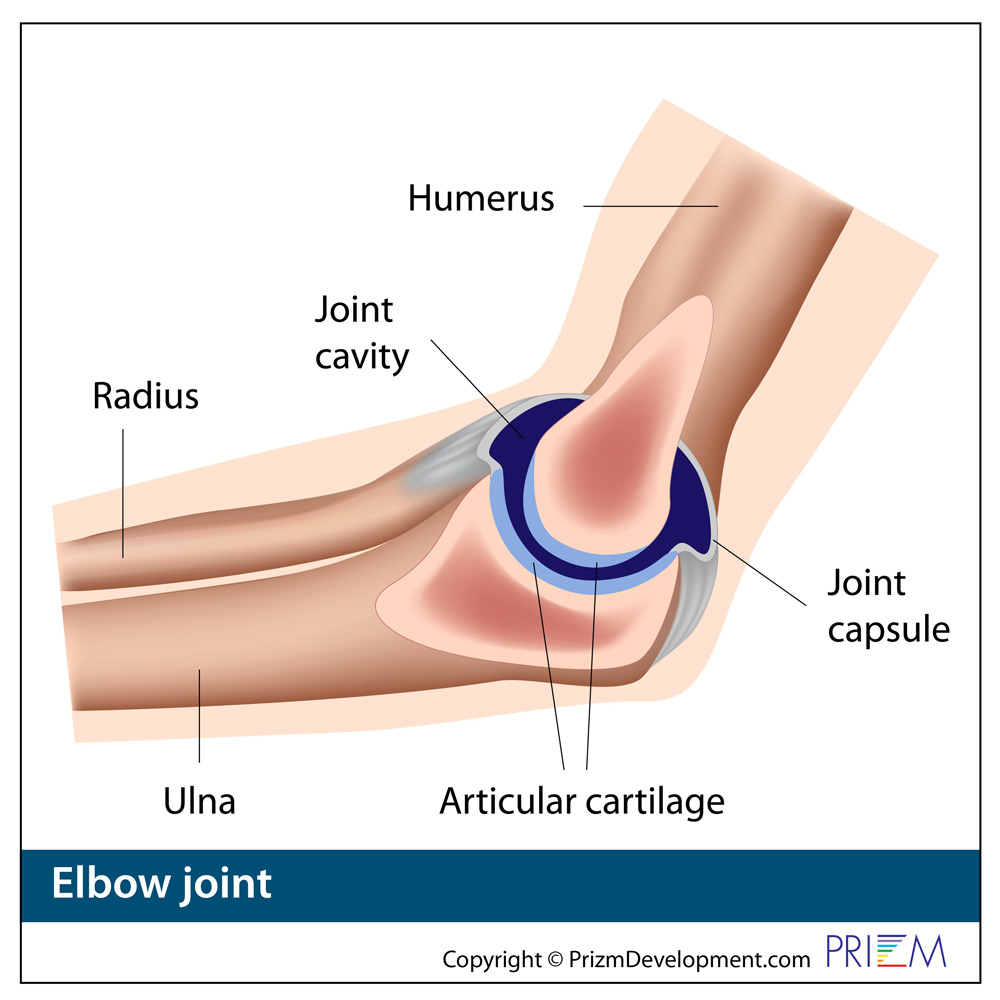Throwing Injuries in the Elbow
![]() With the start of the baseball and softball seasons each spring, our Celebration Orthopaedics orthopaedic surgeons frequently see an increase in elbow problems in young ball players. A common elbow problem in these children is medial apophysitis, commonly referred to as Little Leaguer's elbow.
With the start of the baseball and softball seasons each spring, our Celebration Orthopaedics orthopaedic surgeons frequently see an increase in elbow problems in young ball players. A common elbow problem in these children is medial apophysitis, commonly referred to as Little Leaguer's elbow.
The elbow is the joint where the upper arm bone (humerus) meets the two bones of the lower arm (ulna and radius). The hinge part of the elbow joint lets the arm bend like the hinge of a door; the pivot part lets the lower arm twist and rotate. Several muscles, nerves, and tendons (connective tissues between muscles and bones) cross at the elbow.
Symptoms
Throwing injuries may cause pain on the inside of the elbow. You should stop throwing if any of the following symptoms appear:
- Elbow pain
- Restricted range of motion
- Locking of the elbow joint
Causes
Injury occurs when repetitive throwing creates an excessively strong pull on the tendons and ligaments of the elbow. The athlete feels pain at the knobby bump on the inside of the elbow.
Little Leaguer’s elbow can be serious if it becomes aggravated. Repeated pulling can tear ligaments and tendons away from the bone. The tearing may pull tiny bone fragments with it, disrupting normal bone growth and resulting in deformity.
A less common condition called osteochondritis dissecans, which is caused by excessive throwing, may be the source of the pain on the outside of the elbow. In the elbow, if there is pulling on one side, there is pushing on the other. As the elbow is compressed, the joint smashes immature bones together. This can loosen or fragment the bone and cartilage.
Throwing injuries affect pitchers and other players who throw repetitively. Continuing to throw may lead to major complications and jeopardize the ability to remain active in a sport that requires throwing. The general guideline for how many pitches an athlete can safely throw is 200 in one week. This includes both practice and competitive play. To prevent throwing injuries, pitchers should only play three to four innings each game.
Treatment Options
Left untreated, throwing injuries in the elbow can become a complicated condition. Most athletes tend to respond better to non-surgical treatments, such as:
- Resting the affected area.
- Applying ice packs to bring down any swelling.
- Refining their throwing technique.
If pain persists after a few days of complete rest of the affected area, or if pain recurs when throwing is resumed, stop the activity again and consult your Celebration Orthopaedics hand surgeon. Surgery is occasionally necessary if these treatments do not improve the condition.

 Elbow
Elbow